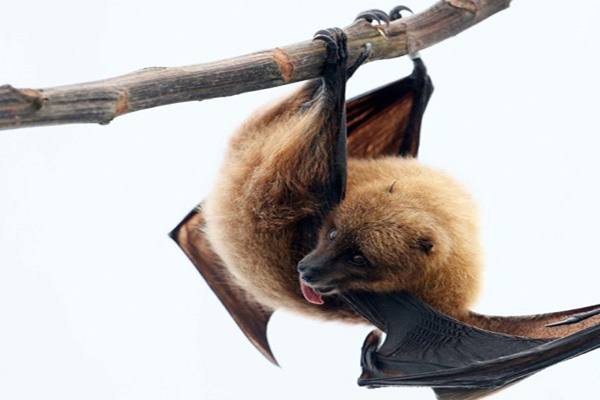Harianjogja.com, JAKARTA – Not yet over with the Covid-19 pandemic and acute hepatitis, Indonesia must again increase its vigilance against the Hendra virus. Then what is the Hendra virus and how does it spread?
Chairman of the Indonesian Doctors Association (IDI) Task Force Prof. Zubairi Djoerban explained that the Hendra virus is part of the Paramyxoviridae virus of the Henipavirus genus. Quoted from Instagram @profesorzubairi, Sunday (22/5/2022), the virus was named Hendra because it was first discovered in the city of Hendra, Brisbane, Australia in 1994.
Prof. Zubairi said that the spread of the Hendra virus can occur when humans carry out tree cutting activities.
“The natural hosts of this virus are fruit-eating bats. If there is deforestation, the bats will move,” explained Prof. Zubairi quoted from @profesorzubairi, Sunday (22/5/2022).
According to Zubairi, the bats will be able to fly and move to trees in areas where humans live and farm horses.
This can cause humans to become infected with the Hendra virus, when they come into direct contact with bodily fluids of an infected horse, such as nasal secretions or blood.
However, Zubairi explained that the spread of the Hendra virus from humans to humans or bats to humans has not yet been found. He added that transmission only occurs from horses to humans.
The symptoms of the Hendra virus are classified as severe, starting from bleeding, inflammation of the lining of the brain, convulsions, to pulmonary edema.
To prevent the spread of the virus, Zubairi explained that the anticipatory attitude that can be taken is to give horses the Hendra virus vaccine. He also appealed to the public to continue to maintain the cleanliness of the farm and to improve the behavior of clean and healthy living.
For your information, until March 2021, as many as 63 cases of the Hendra virus have been found in horses in Australia. The discovery has led to 105 horse deaths and 4 human deaths.
–


